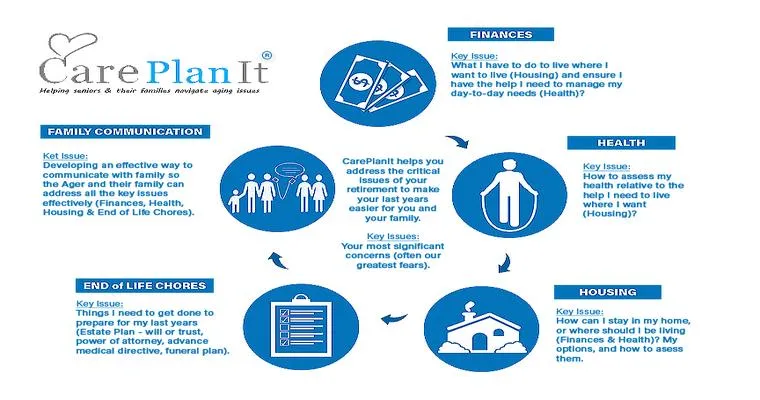Updating a "senior’s care plan" is a crucial responsibility that ensures the health and well-being of older adults. A well-structured care plan is essential for providing the right level of support and medical attention that seniors require. Regularly reviewing and modifying this plan can improve their quality of life and ensure that their evolving needs are met. Understanding how and when to update a care plan is vital for family members, caregivers, and healthcare professionals involved in senior care.
Understanding the Importance of a Care Plan
A "care plan" serves as a roadmap for the senior's health services, outlining their medical history, medications, dietary needs, and personal preferences. This document not only helps caregivers provide consistent care but also enhances communication among family members and healthcare providers. It is imperative to have a comprehensive and updated care plan to adapt to any changes in the senior’s physical or mental health.
Signs That a Care Plan Needs Updating
Several circumstances may indicate that a "senior’s care plan" needs revision. These include:
1. "Changes in Health Status": Any new diagnosis, hospitalization, or significant change in a senior's health condition warrants an update to their care plan. For instance, if a senior is diagnosed with diabetes, their dietary and medication plans will need adjustments.
2. "Changes in Medications": If the senior starts or stops taking medications, it is crucial to update their care plan to reflect these changes. This helps prevent medication errors and ensures that the caregivers are aware of all current prescriptions.
3. "Shifts in Personal Preferences": As seniors age, their preferences may change regarding daily activities, social interactions, and even their care. Regularly checking in with them about their wishes is vital for ensuring their comfort and satisfaction.
4. "Changes in Living Arrangements": If a senior moves to a different care facility or starts receiving in-home care, their care plan should be updated to reflect the new environment and available resources.
5. "Annual Reviews": Regularly scheduled reviews, at least once a year, are a good practice to ensure that the care plan remains relevant and effective.
How to Update a Senior’s Care Plan
Updating a "senior’s care plan" involves several steps:
1. "Gather Information": Collect all relevant medical records, medication lists, and any other documents that provide insights into the senior's health and preferences. This may involve consulting with healthcare providers, family members, and the senior themselves.
2. "Assess Current Needs": Evaluate the current care plan against the senior's present health status and personal preferences. Identify areas that need adjustment and note any new requirements.
3. "Consult Professionals": Involve healthcare professionals, such as doctors, nurses, or social workers, to get their input on necessary changes. Their expertise is invaluable in ensuring the senior receives appropriate care.
4. "Communicate Changes": After updating the care plan, communicate these changes to all involved parties, including family members, caregivers, and healthcare providers. Ensure everyone understands their roles and responsibilities concerning the updated plan.
5. "Document Everything": Make sure to document all changes made to the care plan. This not only helps in maintaining an accurate record but also serves as a reference for future updates.
6. "Review Regularly": Set a schedule for regular reviews of the care plan to keep it current. This could be annually or more frequently if the senior's condition fluctuates.
Conclusion
Updating a "senior’s care plan" is an ongoing process that requires attention, communication, and collaboration among caregivers, family members, and healthcare professionals. By recognizing the signs that indicate a need for change and following a systematic approach to updating the plan, you can help ensure that seniors receive the best possible care tailored to their individual needs. Prioritizing these updates not only enhances the quality of care but also promotes a healthier and more fulfilling life for the senior.





